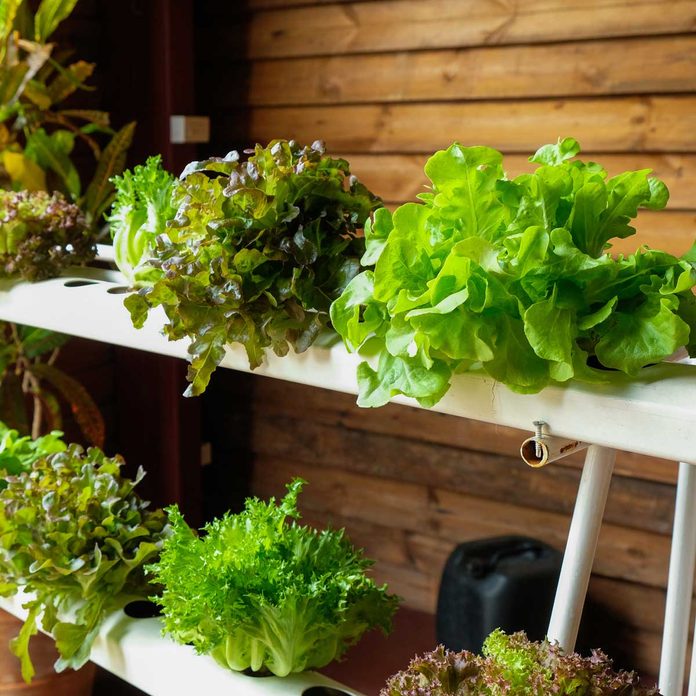
Do Your Homework
You may be excited to get your hydroponic garden up and running, but take time to research the types of hydroponic systems available, how they work, and the best hydroponic plants to grow within each system.
“There’s no such thing as knowing too much about the plants you are going to grow,” says The Bumper Crop Times gardening expert Bryan McKenzie. “Your mission is to figure out as many facts about each plant as possible to be able to provide them with enough nutrition, proper humidity and temperature regimes and water pH.”
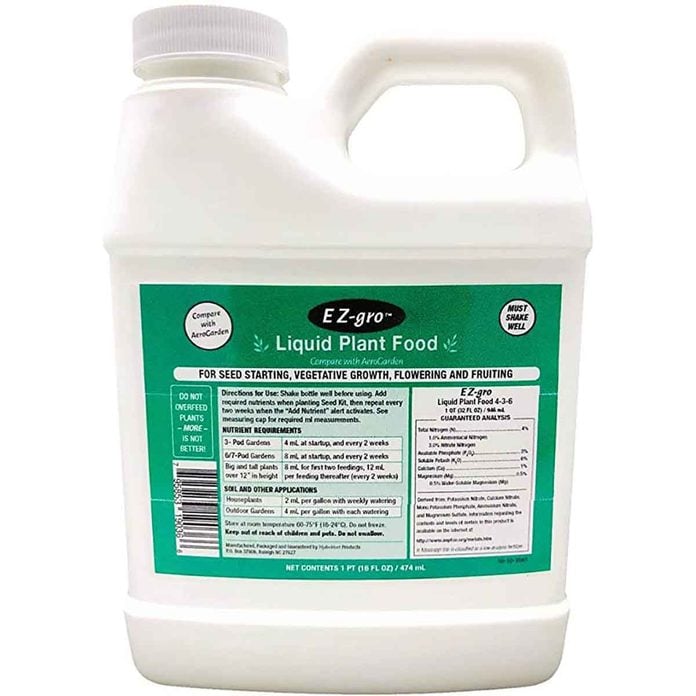
Do Get to Know Your Nutrients
In addition to knowing the ins and outs of your system and your plants, educate yourself about the specific macro- and micronutrients plants need to thrive and choose a fertilizer solution that meets the needs of your particular plants and their current growing stages.
“You can buy a ready-made nutrient solution, but you can’t choose correctly if you don’t know what to look for,” warns McKenzie. “If you purchase the wrong nutrient, you risk overheating the root systems of your plants, which is usually deadly.”
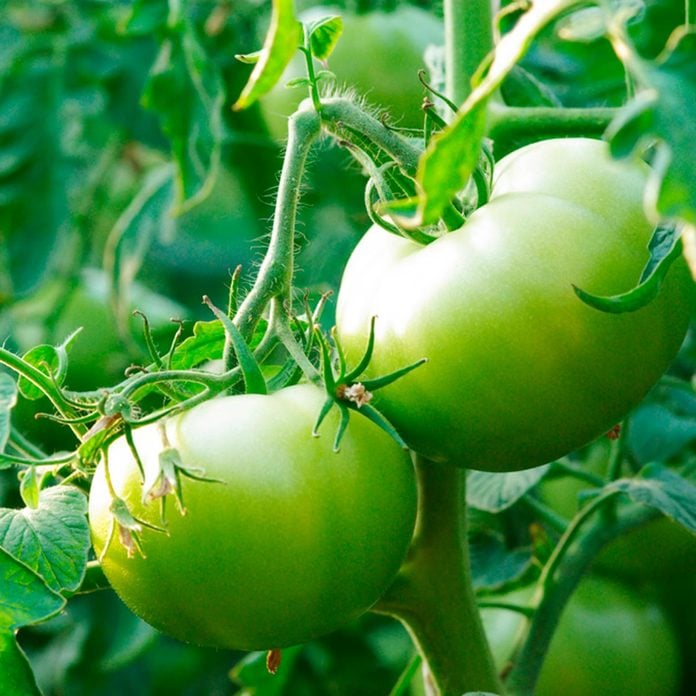
Do Choose Suitable Plants
Opt for leafy greens, tomatoes and strawberries that are the easiest plants to grow in a hydroponic garden and a good choice for a beginner. Avoid root vegetables like potatoes, onions and carrots, which generally require soil to thrive.
“Some plants require experience and supervision and can be quite challenging for first-timers,” cautions Evergreen Seeds gardening expert Emma Sophie. “Those plants should also be avoided for better hydroponic gardening results.” Match the plants you grow with the type of hydroponic system you’ve set up as well, as some plants need certain system specifics to grow well.
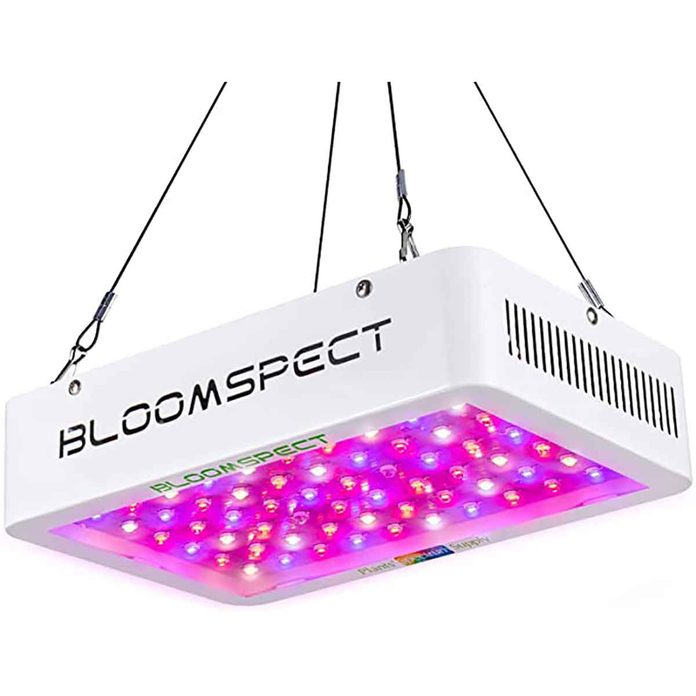
Do Use Supplemental Lighting
According to Happy DIY Home expert gardener Jen Stark, proper supplemental lighting is one of the top priorities for your indoor hydroponic garden. “Don’t rely on 100 percent natural light. Even if your growing area has a lot of natural light, you need to supplement with special growing lights.” Install LED grow lights and set them close enough to your plants that they’re effective but not so close that they singe the plants or cause them to wilt. Stark also suggests periodically moving your lights or rearranging your plants to ensure they’re all getting enough light.
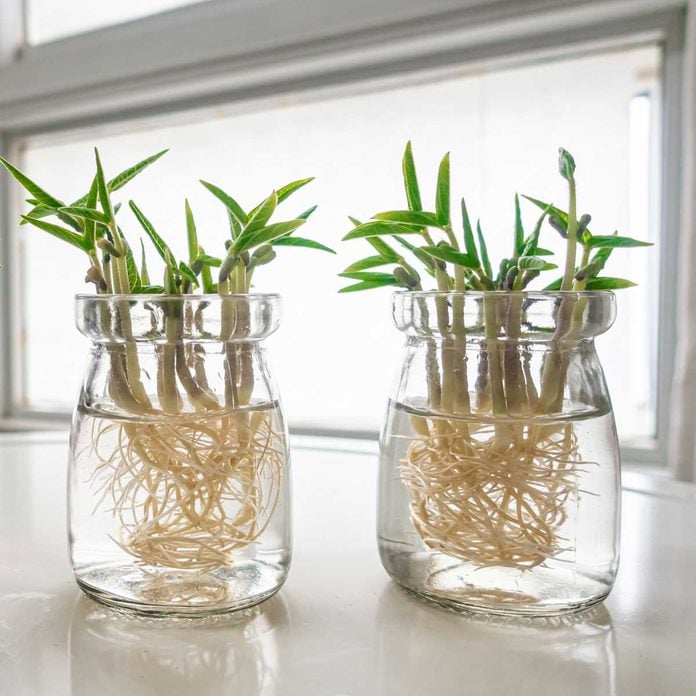
Do Stay on Top of Water Changes
Missing water changes or changing the water too often can weaken your plants’ roots by causing dramatic fluctuations in pH and nutrient levels that lead to chemical burns and disease. Each system requires a different water-changing routine to run well, depending on its reservoir capacity and rate of evaporation. Learn the appropriate frequency for changing the water in your specific system and keep a log of every time you top it off so you know when it’s time to drain the reservoir and replace the contents with fresh water.
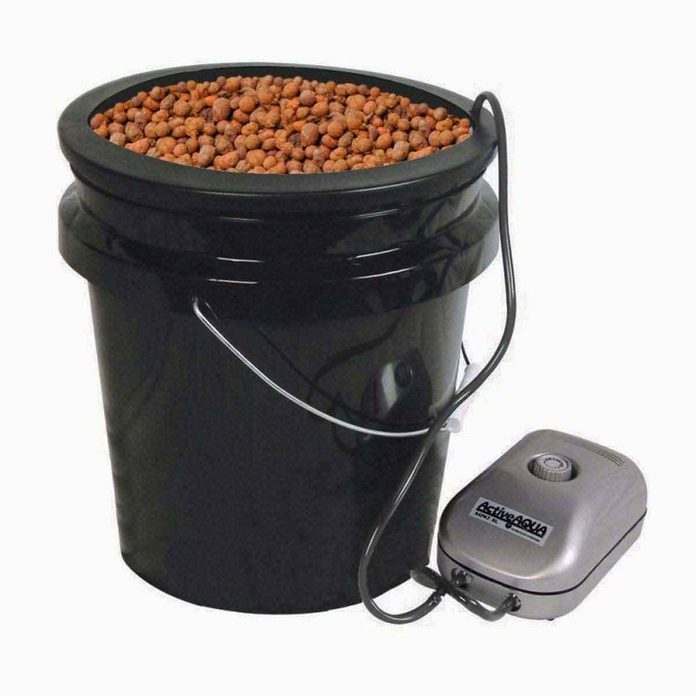
Don’t Spring for an Expensive Setup
If you’re just starting out with hydroponic gardening, you don’t need to invest in a costly system. There are simple hydroponic bucket kits for less than $40 that are ideal for dipping your toe into soil-less gardening. Even considering the added cost of a grow light and nutrient solution, you still won’t spend more than $100 to be up and running. If you catch the hydroponic bug, you can invest in more bucket kits to expand your home hydroponic garden. These systems are great for urban gardens.
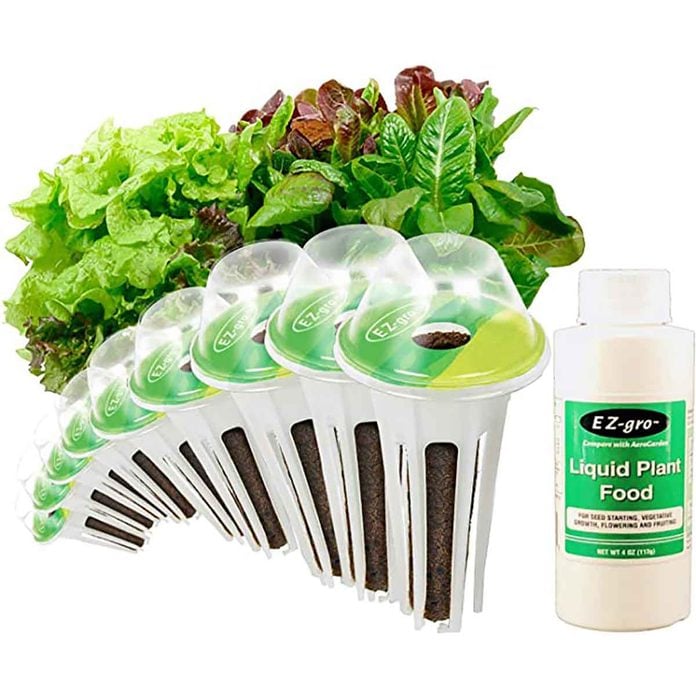
Don’t Use Regular Fertilizer
Hydroponic nutrient solutions are specially formulated to properly dilute when pumped through a growing system, keeping the setup running smoothly and delivering the right amount of nutrients to your plants. Regular fertilizers, on the other hand, will not dilute completely and can damage the pumps and other equipment. They should never be used for a hydroponic garden. Even with a nutrient solution specifically made for a hydroponic growing system, be careful not to fertilize too often.
“Over frequent fertilization can be deadly not only for your plants but also for the entire hydroponic system as the particles may clog up the pump and ruin everything,” cautions McKenzie.
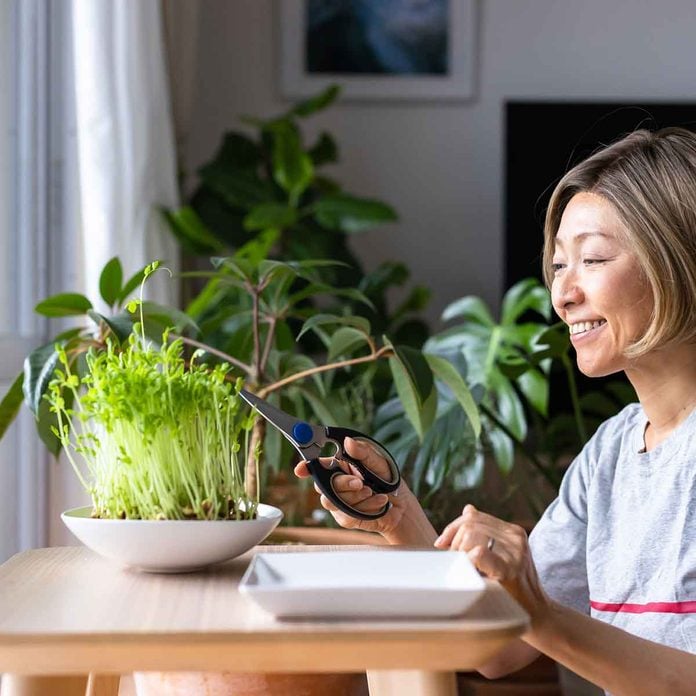
Don’t Neglect Your Plants
Hydroponic gardens need a certain amount of TLC, from the systems to the plants. Inspect your plants regularly for signs of burns, fungal or bacterial infection or pests and intervene promptly at the first sign of trouble. Prune and trim your plants to promote vigorous, hearty growth and check to make sure they’re all getting enough light.
“Pay close attention to any plants that are in danger of getting less light,” advises Stark. “Plants that are behind other plants, in the corner or smaller than your other plants can suffer from light deficiency that can stunt the plant’s growth.”
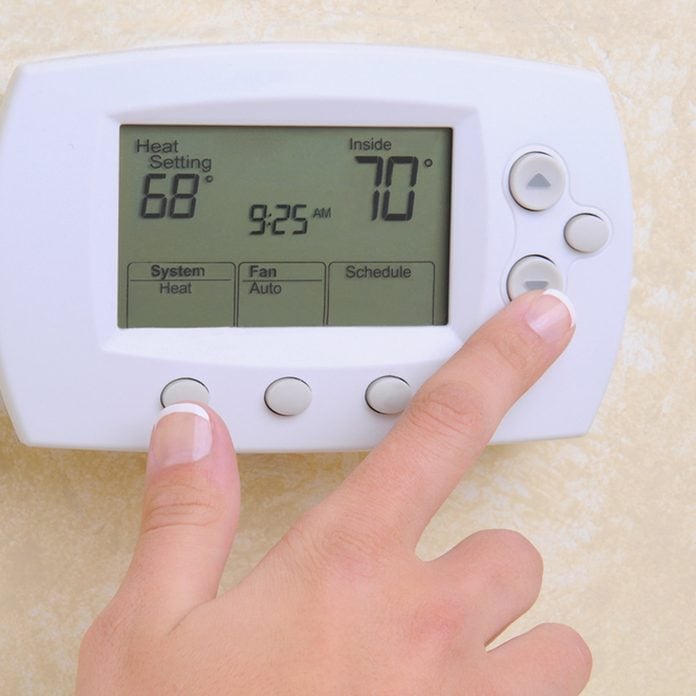
Don’t Neglect the Environment
In addition to keeping a close eye on the state of your plants, monitor the growing environment regularly. “Keep the humidity around the hydroponic garden at 40 percent to 70 percent and the temperature at 65 F to 80 F,” advises McKenzie. Set up a simple thermometer and hydrometer in your growing area and check it once or twice a day. Hydroponic gardens also need plenty of ventilation to prevent the development of fungi and mold, so install ceiling fans or an oscillating floor fan and run it on low to keep the air moving and you indoor plants healthy.
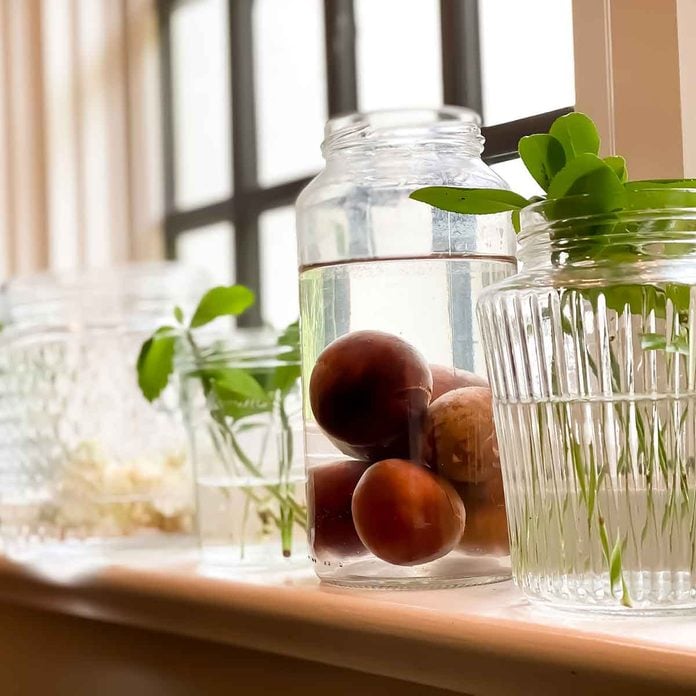
Don’t Plant Too Much
It’s tempting to crowd your hydroponic system with as many plants as it will hold, but overplanting is a gardening mistake that can result in a disappointing yield. “All plants need enough room to grow,” says MacKenzie. “If you overcrowd the system, you risk spoiling the plants altogether and getting mediocre results in the end.” Even the most effective systems may not be able to deliver sufficient nutrients to a high number of plants, especially if their roots begin to tangle. Overcrowding may also lead to plants overlapping and blocking each other’s light.
